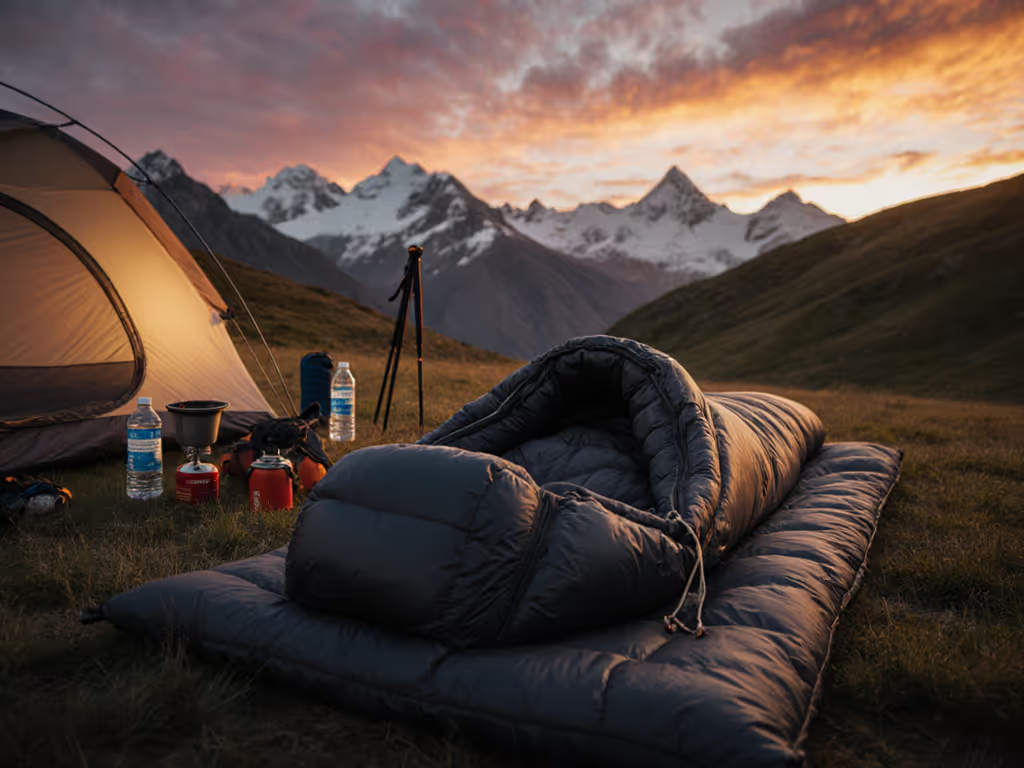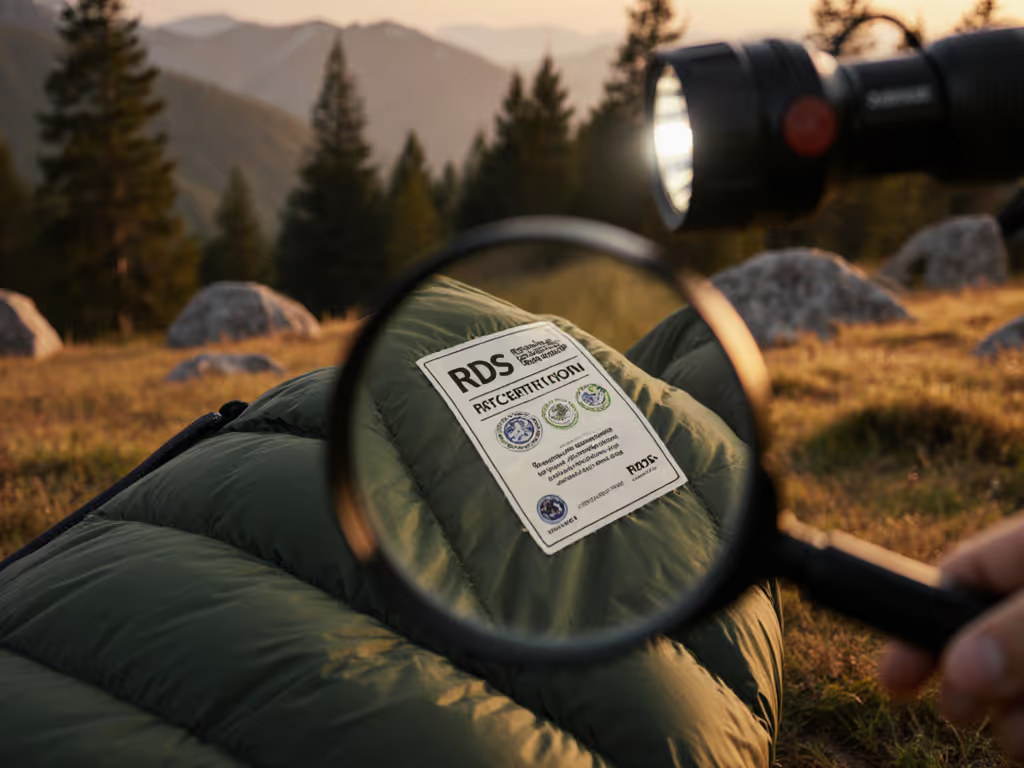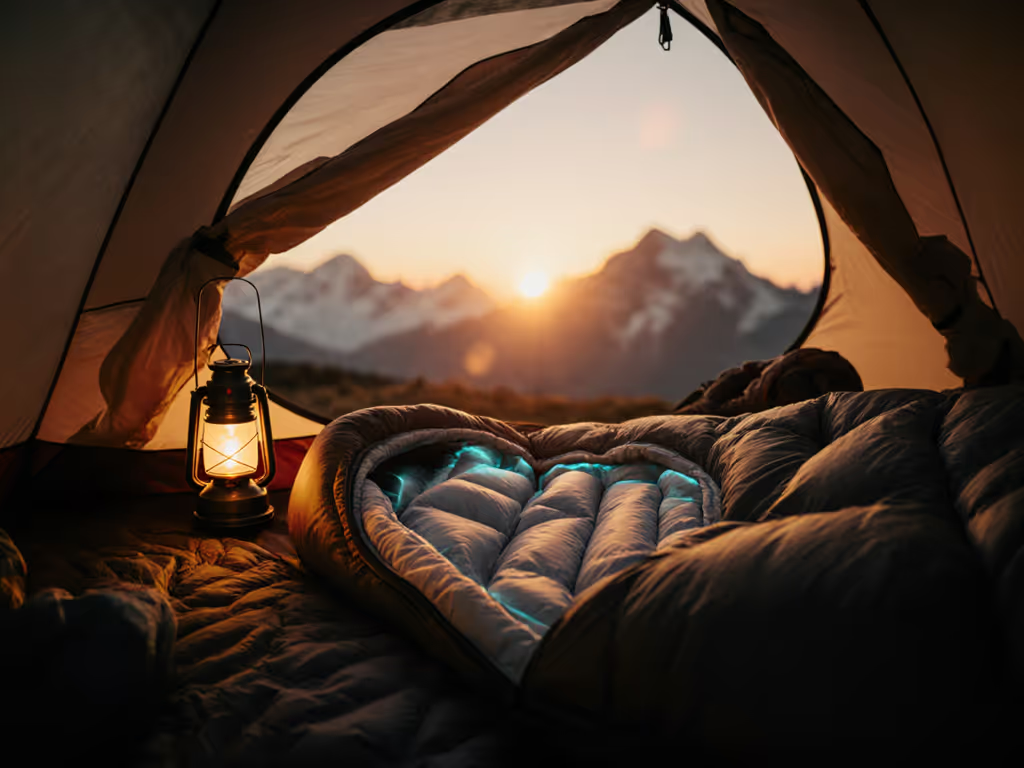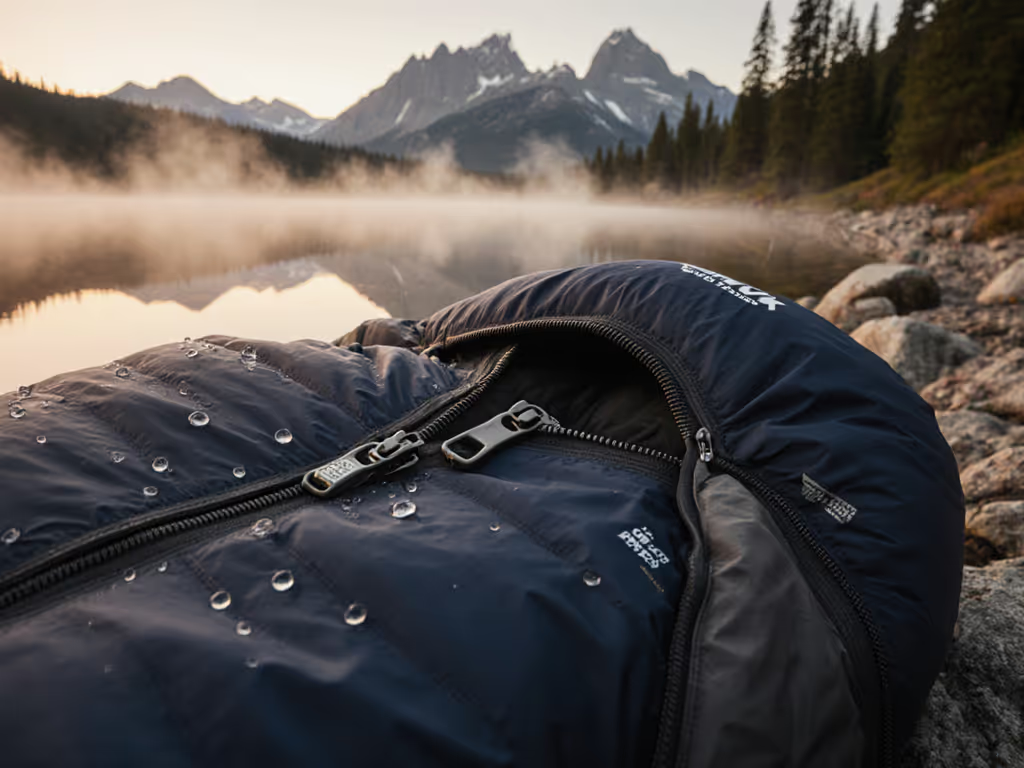
Winter Sleeping Bags: Real-World Warmth Explained
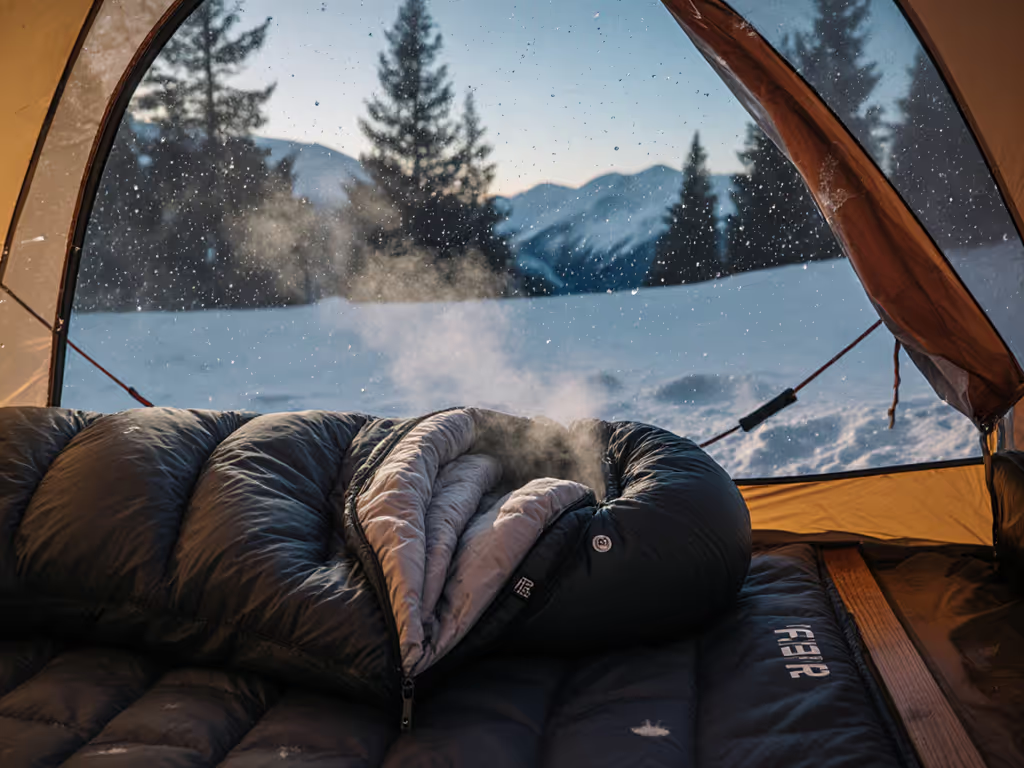
When you unzip your tent to -5°C dawn air, your winter rated sleeping bags mean nothing if the pad's R-value is too low. That's how I learned what understanding sleeping bag warmth truly requires: a system, not a single number. My first winter hut trip proved it: I sweated at midnight in a zero-degree bag but froze by 4 AM because my pad couldn't handle the frozen ground. Today, I use climate presets and buffer zones to build sleep systems that actually work. Forget marketing fluff; let's translate lab ratings into your reality using if/then decision paths.
Why Your Sleeping Bag's Tag Lies (and What to Trust Instead)
Sleeping bag temperature ratings, like EN Comfort or ISO Lower Limit, are lab snapshots, not real-world promises. The EN 13537 standard defines:
- Comfort rating: Temperature where a cold sleeper (often labeled "women's rating") stays warm
- Lower Limit: Temperature where a warm sleeper ("men's rating") avoids shivering
- Extreme: Survival threshold (ignore this for planning)
But here's what the tag won't tell you: These numbers assume:
- A sleeping pad with R-value ≥ 4.0
- No wind or drafts
- Standard body mass (70kg/154lb)
- Dry conditions
Real-world warmth depends on your entire sleep system, not just the bag. A 20°F bag over an R-2.5 pad might feel like 35°F on damp ground.
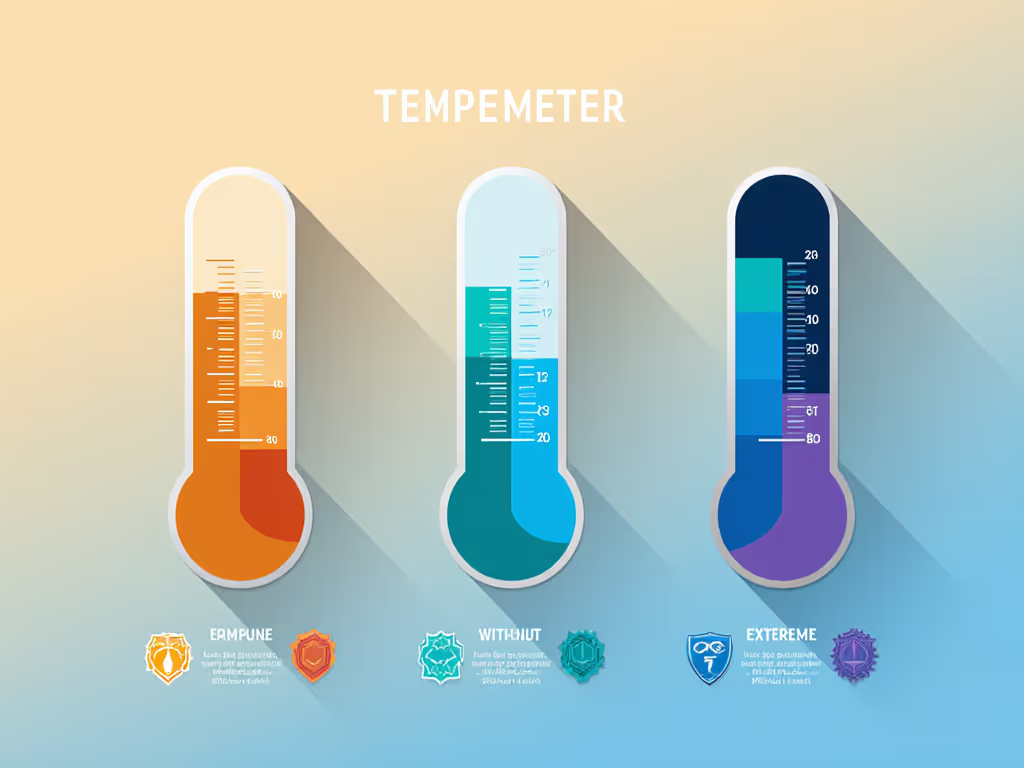
Step 1: Decode What "Temperature Rating" Means For You
Problem: "Comfort rating" assumes you're a 60kg person sleeping in still air. If you're petite, a cold sleeper, or share a tent with a snorer creating drafts? Your reality differs.
Action: Build your personal buffer using this decision path:
-
If you're a cold sleeper (wear socks to bed at home): Use the Comfort rating as your minimum air temp. Then add 5°F buffer.
- Example: Planned low = 25°F? Choose a bag with ≤20°F Comfort rating.
-
If you run warm: Use the Lower Limit as your baseline. Add 3°F buffer for wind.
- Example: Forecast = 30°F with 10 mph gusts? Bag needs ≤27°F Lower Limit.
Supporting fact: A 2023 Therm-a-Rest field study found 83% of users underpacked for wind exposure, and adding just 5 mph wind drops perceived warmth by 7°F. Always map ratings to your shelter type:
- Single-wall tent/hammock: +7°F buffer
- Double-wall tent: +3°F buffer
- Snow shelter: -2°F buffer (insulated from ground)
Step 2: Calculate Your Pad's Critical Role
Problem: Most skimp on pad R-value, then wonder why they're cold. Ground temp often drops 10°F below air temp (especially on snow or rock).
Action: Use this R-value lookup table based on expected ground temps:
| Expected Ground Temp | Minimum Pad R-Value | Buffer Zone (Add for Wind/Wet) |
|---|---|---|
| 32°F+ (thawing) | R-2.5 | +R-0.5 |
| 15-32°F | R-4.0 | +R-1.0 |
| Below 15°F | R-5.5 | +R-1.5 |
Why this works: An R-4.0 pad provides the same insulation as a 30°F sleeping bag. Skip this, and your bag's rating is useless. My hut trip disaster? I used an R-2.0 pad in -4°F conditions, no wonder I froze by dawn.
Step 3: Build Climate Presets for Your Trips
Problem: "Shoulder season" means 50°F in Colorado or 30°F in Scotland. Generic advice fails.
Action: Create regional presets using three inputs:
- Local microclimate (e.g., "Pacific NW alpine: 30% humidity + 15 mph avg wind")
- Shelter type (e.g., double-wall tent = 3°F buffer)
- Your hot/cold profile (e.g., cold sleeper = +5°F buffer)
Example preset for Northeast winter backpacking:
Bag Comfort rating = (Forecast low) - 8°F
Pad R-value = 5.0 + 1.0 (for wind)
Buffer tip: For every 10% humidity above 50%, add 2°F to your perceived temperature loss. Coastal trips need heavier buffers than arid zones.
Step 4: Stress-Test Your Sleep System
Problem: Sleepers assume extra layers "add warmth," but damp base layers or hood compression wipe out gains.
Action: Validate your setup pre-trip with these checks:
- Dry test: Sleep in your bag/pad at home set to 70°F. If you overheat now, you'll clam up in the wild.
- Draft scan: Zip yourself in, then walk your hands for gaps. Pinch any billowing fabric, those cold spots drain warmth faster than 10°F drops.
- Moisture rule: If your breath fogs inside the bag, you're generating condensation. Add 3°F to your buffer (damp down loses 30% loft).
Critical nuance: Synthetic bags retain 95% warmth when damp vs. down's 60%, but down recovers faster with ventilation. In humid climates (e.g., Appalachians), prioritize hydrophobic down or synthetics. No shame in overpacking a liner while learning; I still carry a Reactor in my shoulder-season kit.
The Five Questions That Prevent Midnight Freezes
Stop guessing. Before any trip, run this checklist (my ritual since that first hut trip):
- What's my min ground temp? (Not air temp! Check snow/rock conductivity)
- What pad R-value covers it plus wind? (Use Step 2's table)
- Am I a cold or warm sleeper? (Define buffer: +3°F or +5°F?)
- What's my shelter's draft factor? (Single-wall +7°F? Double-wall +3°F?)
- How humid is it? (Add 2°F buffer per 10% over 50%)
Answer these five and the rest clicks: your bag rating, pad choice, and clothing layers fuse into one repeatable plan. Plan the night, not just the number on the tag. When you anchor to climate presets, not marketing promises, you sleep like it's your living room. No shivering. No sweaty panic. Just predictable warmth, trip after trip.

